Astronomy and Astrophysics by Sarah Salviander
New astronomy curriculum for ages 13 and up.
This 36-week course covers the night sky, the solar system, stars, the Milky Way, the many galaxies in the observable universe, the origins of our universe, classical and modern physics, and the latest in theoretical cosmology. Students will gain an appreciation for both simple observation of the night sky and the physics of the universe and its contents.
This is a modern science laboratory course developed by a professional astrophysicist and is comprised of both well-established and cutting-edge material, with a strong emphasis on hands-on activities. Students will learn much that is applicable to all of the natural sciences, including some of the history of science, some of the tools of science, and how science works.
From the author:
Look around the web for a high-quality, modern-science astronomy homeschool course and you won’t find much. There are a handful of scripture-based astronomy courses that seem to cover little more than the seasons and motions of the night sky, and one very expensive software-based curriculum. I realized there was a need for a comprehensive, modern, and affordable astronomy homeschool curriculum, and set out to develop one based on my years of teaching astronomy at the university level. A couple of years ago, I mentioned this in an offhand way to Vox Day; it turns out Vox had been contemplating offering a series of affordable, electronically-available homeschool curricula, and so we began to discuss the possibility of making astrophysics the first of many such courses.
What we have now here is a comprehensive 36-week course that covers both ‘astronomy’ and ‘astrophysics.’ In the modern world, these terms are used interchangeably, but in the past they were distinct. Astronomy was used to describe activities like cataloging and studying the motions of celestial objects, such as comets, stars, nebulae, and galaxies, while astrophysics was used to describe the science of physics applied to these objects and the universe as a whole. In my course, students will gain an appreciation for both simple observation of the motions of the night sky and the physics of the universe and its contents.
This is a modern science laboratory course developed by a professional astrophysicist and is comprised of both well-established and cutting-edge material, with a strong emphasis on hands-on activities. Students will learn about the night sky, seasons, the solar system, stars, the Milky Way, the many galaxies in the observable universe, the origins of our universe, classical and modern physics, and the latest in theoretical cosmology. Students will learn much that is applicable to all of the natural sciences, including some of the history of science, some of the tools of science, and how science works. This course is presented from an agnostic point of view; however, for parents who wish to incorporate a scriptural perspective into the course, it also includes a Biblical Supplement that will show students how the modern science of astrophysics is wonderfully consistent with, and supportive of, the Bible.
The course is suitable for students in grades 9-12, depending on their mathematical skill level, and as a university course for non-science majors. The prerequisites are basic algebra and geometry; there is no science prerequisite. This course is also suitable for students enrolled in public or private high schools who wish to do an independent study in science, and for adults who wish to do an independent continuing-education course in science.
Dr. Sarah Salviander
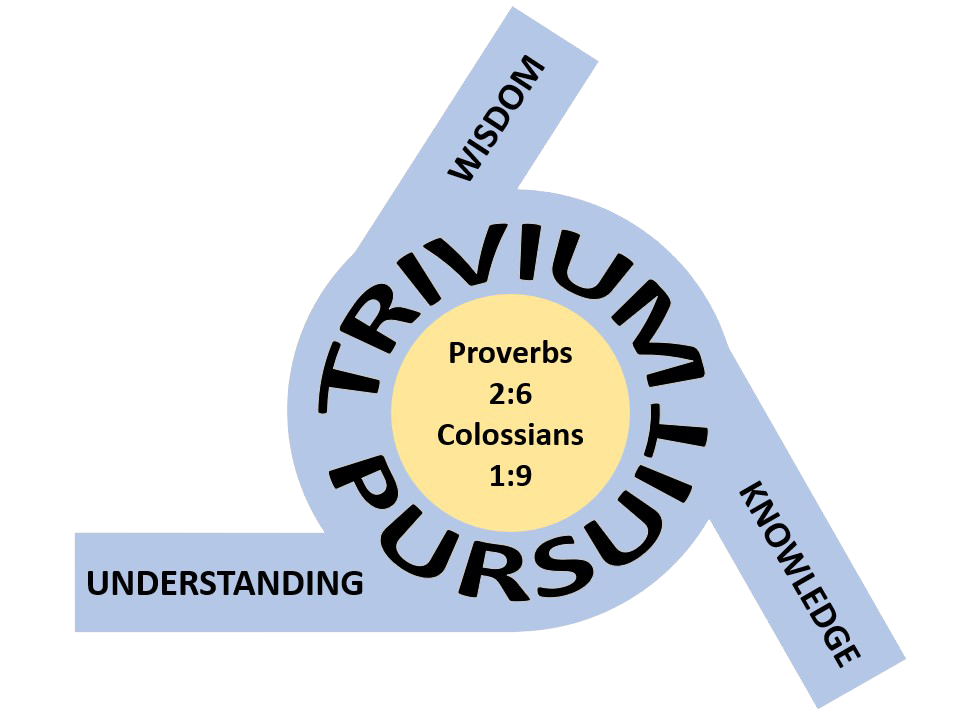
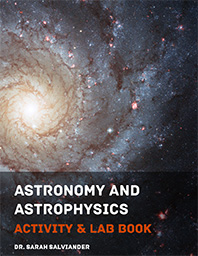
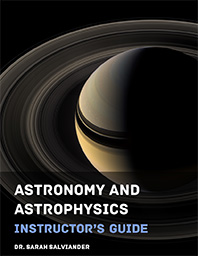
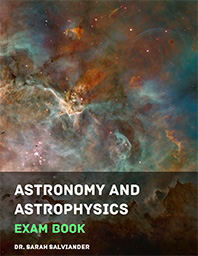
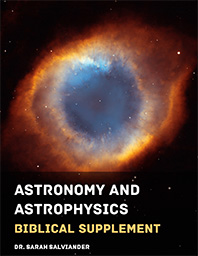
Awesome! I wonder if Apologia would be interested in this author to write a text for them on this subject or modify this existing one for their curriculum offering? They have no astronomy for high schoolers.